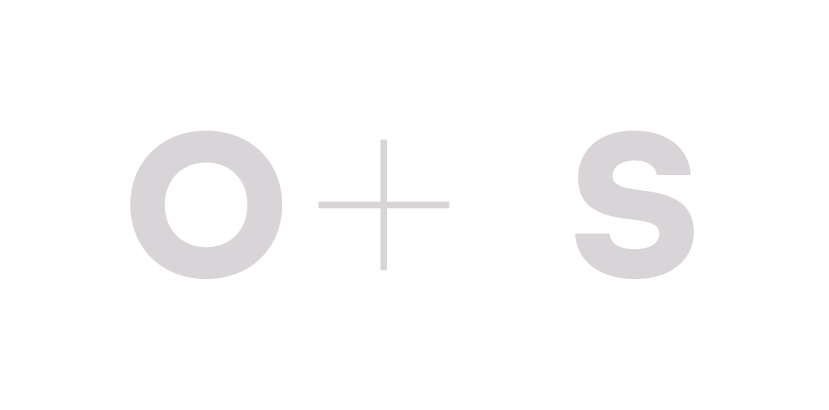We love version control. A lot.
@zyeta_official
When it comes to studio housekeeping, I’d say we’re extremely organised. Having worked in small studios, a big agency, and an in-house team, I saw the need for multiple people to be able to quickly identify the right content, and the right version. And sometimes it worked, and sometimes we had no idea which was the final.pdf, final_final.pdf, or actual_final_i_swear.pdf.
Why version control is important
It might be the difference of a single letter in that final version, but if you’re printing 10,000 copies of an Annual Report with a unique spot gloss die cut cover, and you’re missing a zero… someone’s getting fired.
We put version control and file naming at the top of our list because:
It makes life easier. Morris Legal Group puts out seasonal social media tiles every year. Exchange now to settle by Christmas. We’re taking a break until the 2nd January. We’re supporting Lifeline again. With a simple client prefix and a chronological job number, we can tell the difference between 2023 and 2024 at a glance, duplicate the files, and make the tweaks.
It defines scope. All of our projects include two rounds of changes. We hope that by the time we get to version three, we’ve settled into the design and had the chance to make a few tweaks here and there. But sometimes the client changes their mind, or the goalposts change, or things get missed on both sides, and we end up at version 56 (yes, actually happened). Knowing which version we’re up to allows us to make decisions about whether we need to charge accordingly, or even see patterns in productivity. If we’re constantly getting to version seven because there’s a rigorous approval process on our client’s side, we can include that in all of their proposals as a tailored approach. And if there’s a client who is constantly changing their minds, we can chat to them about a more productive joint workflow, or know that we need to manage our studio traffic in a different way.
It removes risk. When I was a junior designer, a client didn’t proofread their file before approving and printing. Not just in a small way… in a Australia-wide distribution kind of way. We were able to go back through our files and see that the mistake had been provided in the draft copy and had been there since version 1, with multiple opportunities to pick it up. The version control and file structure had told a story, and we had been able to show that we’d sent the right file to print. Similarly, clearly labelling your files and explaining the difference between finished art, means that your client or colleague won’t get trigger happy on going life with a low resolution draft.
It’s keeps things linear. Have you ever tried to find your friend in a carpark, only to find out they’d looped back to the place you were standing in the first place? That’s what it’s like when people mark up the wrong version of the draft, or invite too many cooks into the kitchen. Version control allows everyone involved to be working off the same foundation, and to draw a line between feedback rounds.
Approvals are clear cut. When the deadlines are coming hard and fast, and the client needs to know which file to upload, send to print, or give to the Prime Minister to read, you can’t leave file naming or version to control to change. Our unique client codes, chronological job numbers, simple version numbering, and finished art process, mean that everyone in the team on both sides are on the same page from the brief, right through to when that ink kits the paper.
It creates structure, to then adapt. By setting a strong foundation in our file naming and commitment to version control, it allows us to be flexible. Every client is different, and we know that some prefer to give changes verbally, or print things out and write over the top in texta, and others mark up PDFs in a precision-like heaven state that we could never have dreamed of. We love making our clients feel comfortable and working with their individual styles, but we can only do that with the right tools.
It makes us better designers. With a clear naming convention that the whole team works to, we prioritise a tidy house and a tidy mind. It helps us stay more organised for our clients, and assure them that we’re taking care of their precious digital assets.
How we name our files
Each of our clients get their own unique code:
AR = Ascent Rehabilitation
AVS = AvSuper
MLG = Morris Legal Group
MTM = More Than Mortgages
And then each job gets a new chronological number. This way we can tell the difference between jobs of the same name, and which one is most recent.
EMD001_Business cards
EMD003_Business cards
We then say exactly what the project is.
Brand
Fact sheets
Business cards
Pull up banners
Annual Report
Michael Buble fan club
If there are multiple kinds of the same thing, we add an extra descriptor.
Business cards_Fancy
Business cards_Peasant networking
Business cards_Meat tray raffle
And finally, the last thing in any file name is the version number.
Social media_1
Annual report_47
Icons_4
Flyer_FA*
Flyer_R1_FA*
When we package up the final files, we replace the version number with ‘FA’ for Finished Art, so we know it’s the final_final_final file. If changes are made after FA is prepared, we add ‘R1’ or ‘R2’ for Revised Finished Art. But FA is always comes last in the name.
So what do you do in your business or studio? How do you keep your files safe from confusion, and make sure the whole team is on the same page? Connect with us so we can learn from each other!




